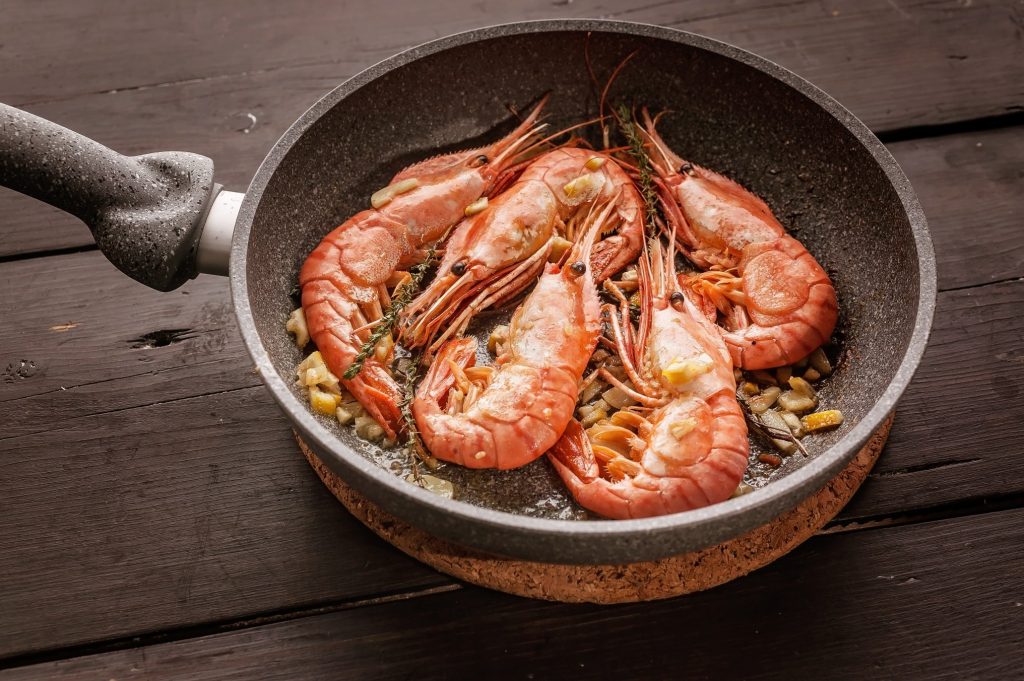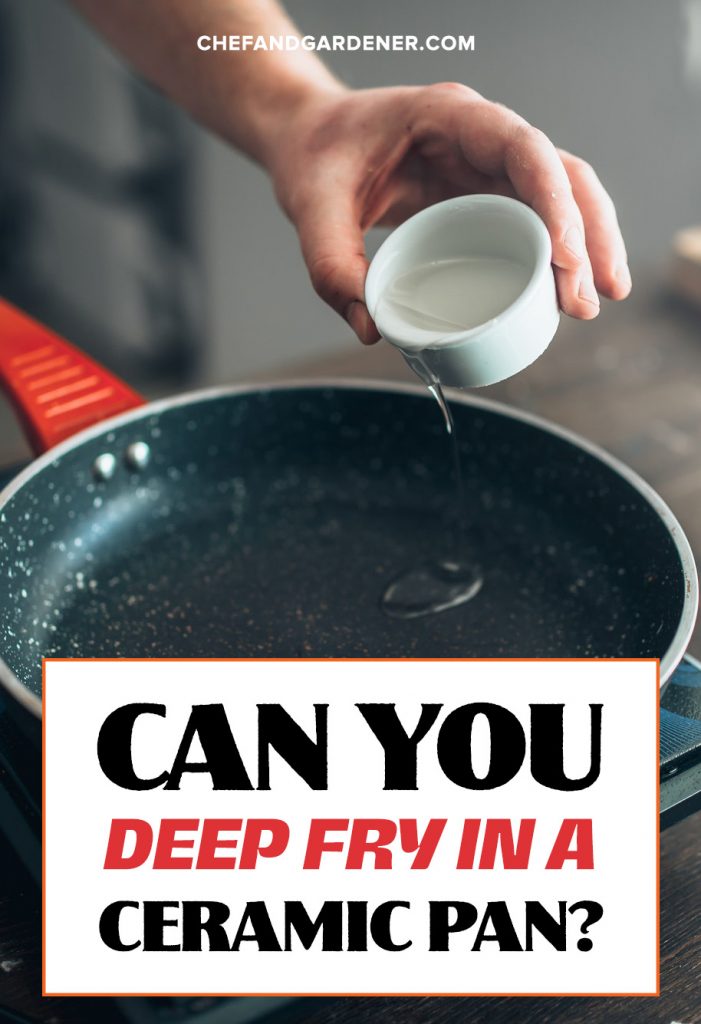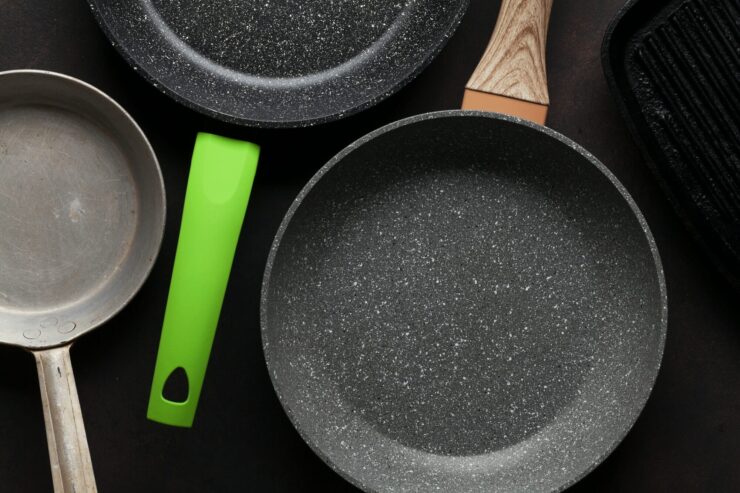Table of Contents
A ceramic pan is a saviour when it comes to lot’s of heavy cooking and it’s fast becoming the most used cookware for many households, ceramic nonstick pans are not exactly made of ceramics, they are actually metal pans with a finish that uses silicon to prevent sticking.
Ceramic cookware is naturally resistant to scratch and is completely non-reactive with no chemical additives which are why ceramic coated cookware is fast becoming the recent trend in pots and pans.
If you do lot’s of deep-frying, ceramic pans are considered great for deep frying and this is why many people are found investing in this cookware.
Deep frying is relatively an easy technique to master but they tools that are needed to make it more efficient and the most important one is the pan used, many materials work well for deep frying but ceramic pan seems to be more ideal for deep frying and it’s also the perfect choice if you want cookware that is resistant to scratch and chips.
Ceramic pans are easy to clean and usually only requires a bit of mild cleaning with soap, warm water and the wipe of a paper towel or cloth, below are things you should know about a ceramic pan and if it’s safe to deep fry in it.
What are ceramic pans good for?

Ceramic pans serve as alternatives to traditional cookware as they are nonstick eco-friendly cookware, ceramic frying pans can be used in virtually the same way as a regular frying pan.
The coating in a ceramic pan provides a non-stick cooking surface that easily eliminates the need to use unhealthy cooking sprays such as butter or oil which prevents food from sticking and also ceramic nonstick pans are healthier and better for the environment compared to regular nonstick pans.
Can You Deep Fry In A Ceramic Pan?
If you are looking for a pot to deep fry in, ceramic pan might come in handy however, they are not the best pan for regular deep frying and a nonstick pan might not the ideal equipment that experienced chefs should use to deep fry, this can be used at home though and a ceramic pan comes with lot’s of advantages, it can get every cooking done well and not just deep frying with it but you can make stews, baking and stir-frying easily with it.
Deep frying in a ceramic pan should be done with caution, you should also ensure the pan being used has a lid so you can cover it if it catches fire and has a damp towel nearby to soothe the flame, never leave a ceramic pan unattended when deep frying.
What You Should Know About Ceramic Pans

There is a lot to know when it comes to ceramic nonstick cookware, they are great for making practically anything in the kitchen but might not be ideal for chef’s who like things sorted out and with less time to fuss over cookware, the truth about ceramic cookware is not so clear cut and while they are healthy and safe for the environment, here are other things you should know about ceramic pans.
- Ceramic nonstick pans are not ceramic, they are actually metal pans with a finish that uses silicon which is to prevent sticking and just like ceramicware, the coating of this pan is made of sand and has a slick glossy surface which is why it is named ceramic.
- Ceramic pans finishes make it easy to withstand a higher heat than a traditional nonstick however unless you preheat an empty pan or sear a steak on a high setting, you can’t get your nonstick pan surface that hot
- There ain’t necessarily better for the environment and the process of coating a pan with ceramic finish uses more energy than applying a more traditional
- You should ensure to hand wash your ceramic pan, contrary to what info on ceramic nonstick pan says, it is best to have them hand washed in order to preserve the nonstick properties of a ceramic finish.
Ceramic pans might just be the best replacement for a traditional nonstick pan, you can cook everything with a ceramic pan and stir fry turns out great with a ceramic pan, there are lot’s of ceramic cookware to choose from, they are quite easy to use as well, when deep frying with a ceramic pan, ensure to set your bakeware on trivets or pot holder when you remove it from the oven so as to prevent cracking and protect your counter or tabletop from heat damage.
Related read: Can Kitchen Foil Go In The Microwave?

